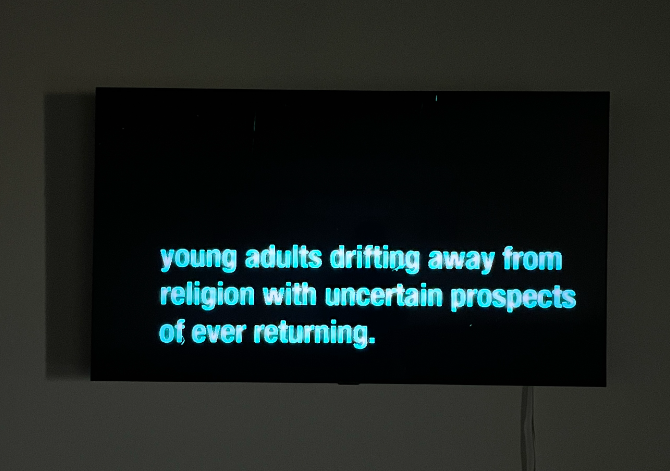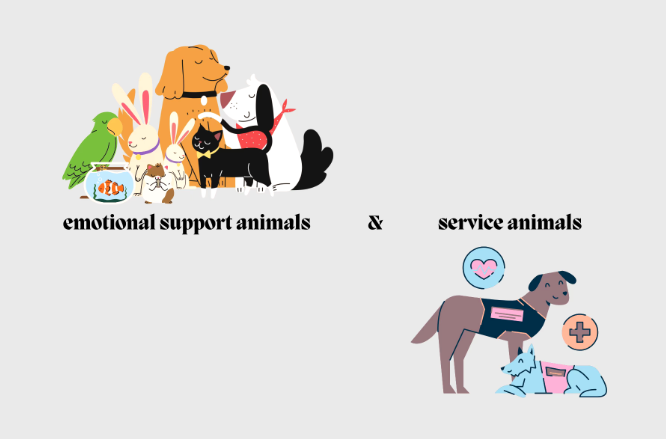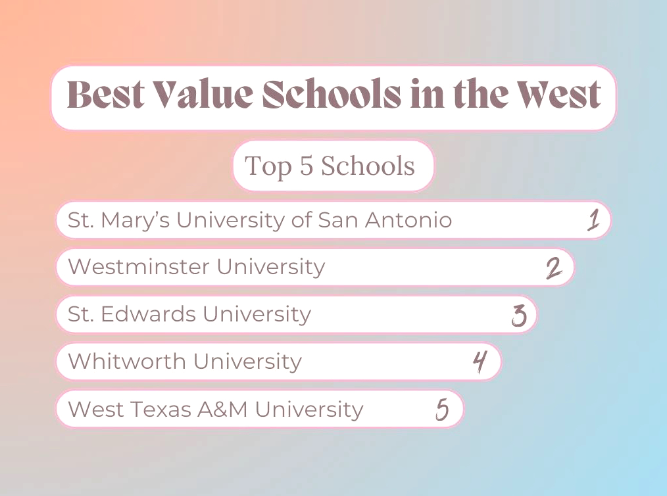The College of Education and Social Sciences can claim the highest student enrollment in the past three full consecutive semesters, according to enrollment data from WTAMU Institutional Research.
“It’s the education part of it,” Dr. Gary Kelley, director of WT Institutional Research, said. “The availability of jobs is why the college is so large as a whole, in particular the education department.”
During the fall of 2010, 2,277 students enrolled in COESS and 2,153 students in the spring of 2011. COESS was able to stay above the 2,000 mark last semester, bringing in a total of 2,129 students.
The College of Agriculture, Science and Engineering and the College of Fine Arts and Humanities enrollment numbers fell about 300 students short of COESS during the 2011 fall semester, rolling in a total of 1,729 students for ASE and 1,697 for FAH.“The easy answer is that we started off as a normal school and a normal school was just another way of saying a teachers college,” Dr. James Calvi, associate dean of the College Education and Social Sciences, said.
WT’s history began in 1910 when Normal Colleges were strategically placed around Texas to keep up with the high demand of certified teachers in certain areas, the panhandle included.
“If you had to go as far as Dallas or someplace like that, to get trained as a teacher…it would be very unlikely to come back to the area after years,” Calvi said.
When the 1940’s rolled around, West Texas Normal College began to branch away from its teaching roots and tackled bigger scholastic projects. It soon became West Texas State University and later evolved into West Texas A&M University.
“Having recently just added engineering to the curriculum, we continue beyond our normal school roots and become a full-fledged research university,” Calvi said.
Nevertheless, WT’s historical roots are just that – strongly rooted in school history that still affects the University to this day as the COESS enrollment numbers consistently beat out other colleges.
“Most of the teachers in the panhandle have received their teaching certificates from WT,” Calvi said.
Each college on campus does not simply fight for the highest enrollment numbers, but for a more academic purpose. More students enrolled in a college can lead to more funding for that college.
“The higher the head count within the colleges then the more they are eligible for funding,” Kelley said. “So the goal of all of the colleges is just to increase enrollment as much as they can.”














